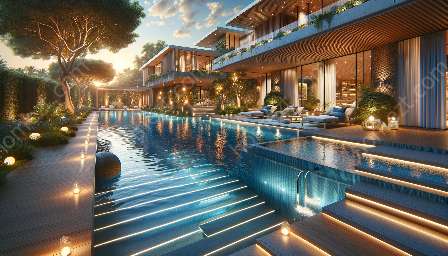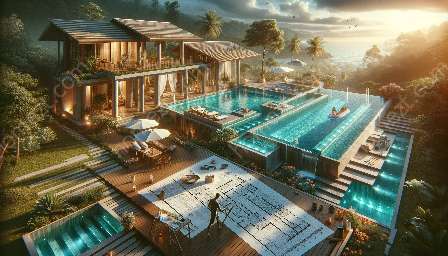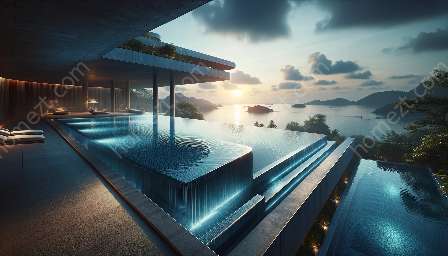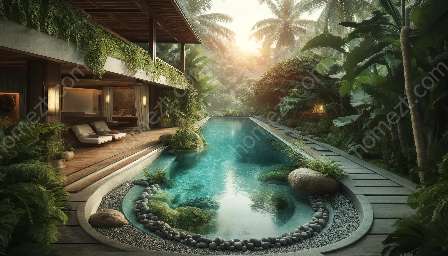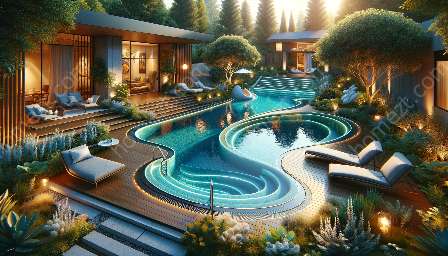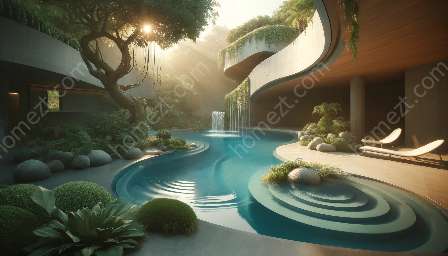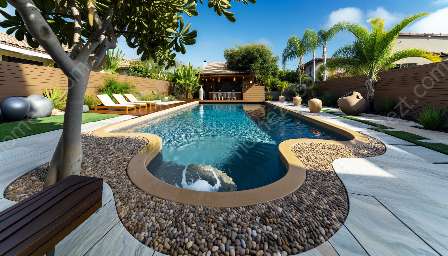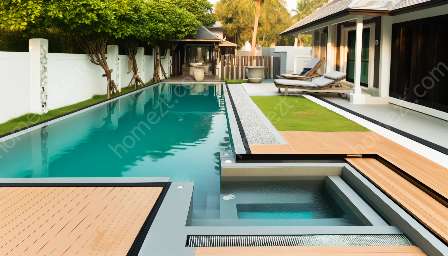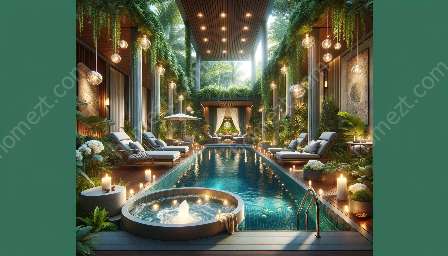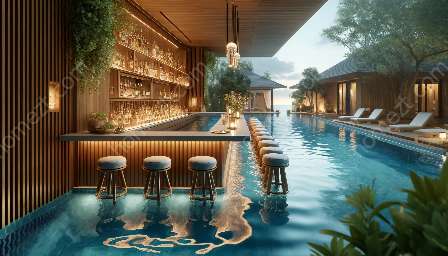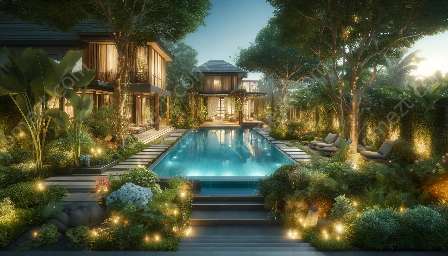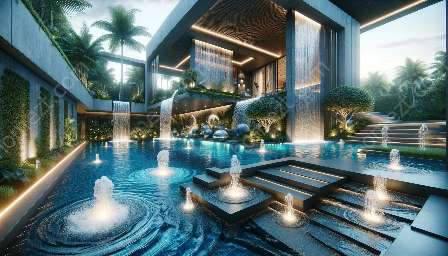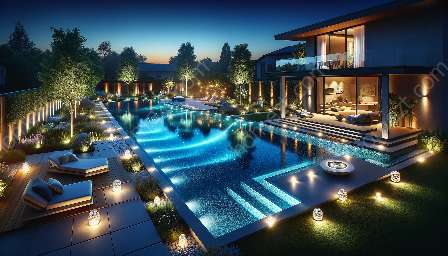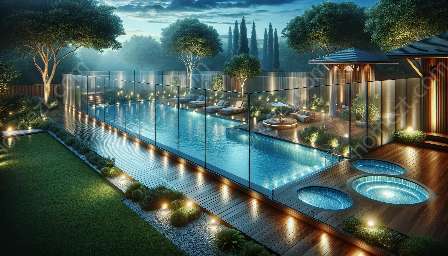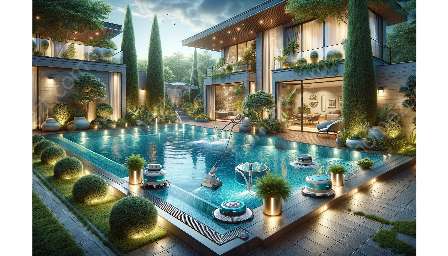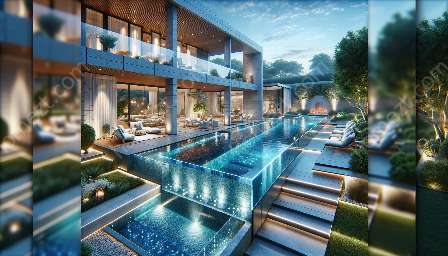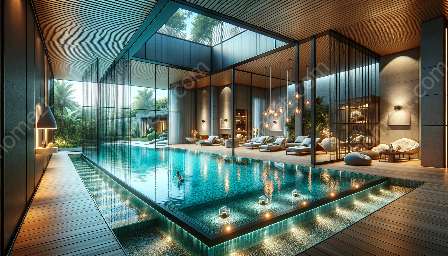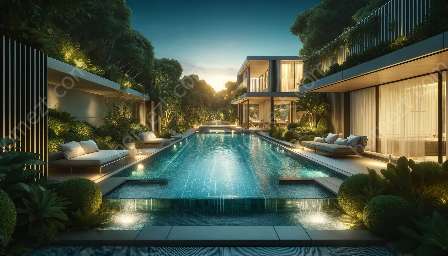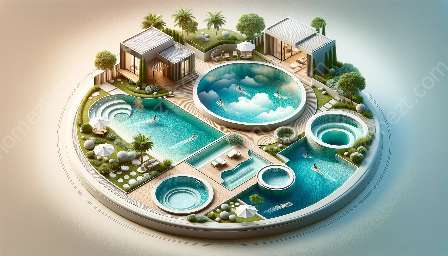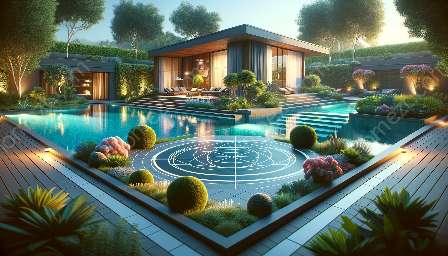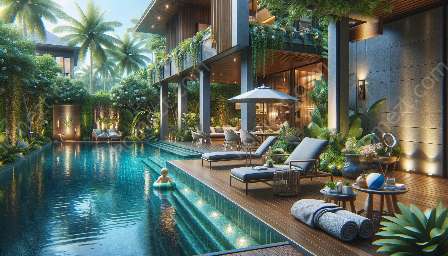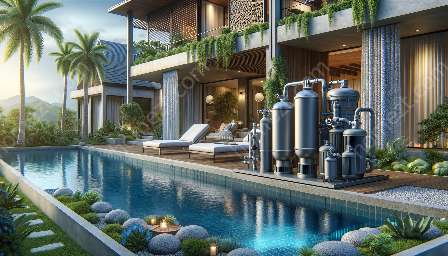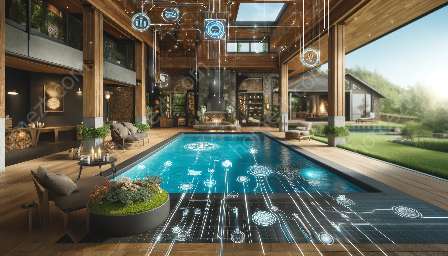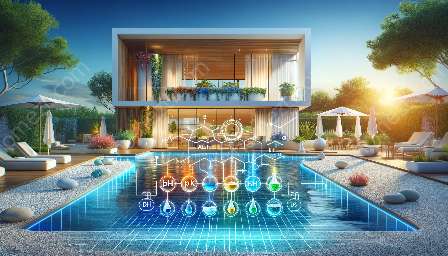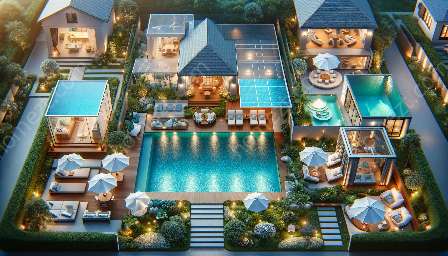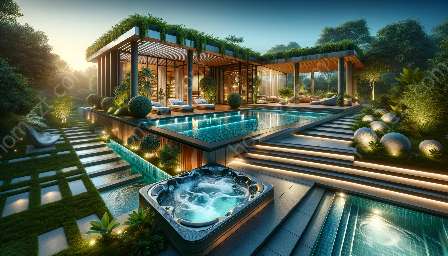Creating a captivating indoor pool design involves a thoughtful consideration of various elements to achieve a balance between aesthetic appeal and functionality. In this article, we will explore the latest trends, essential design elements, and tips for maintenance to help you create the perfect indoor oasis. Additionally, we will discuss how indoor pools fit into overall pool design and their compatibility with swimming pools & spas.
Latest Trends in Indoor Pool Design
When it comes to indoor pool design, there are several exciting trends that can elevate the overall look and feel of the space. One prominent trend is the incorporation of environmentally friendly features, such as energy-efficient lighting and heating systems, as well as sustainable materials for the pool's construction. Furthermore, contemporary indoor pool designs often include automated water treatment systems and smart technology for convenient maintenance and control.
Another popular trend is the use of natural elements to create a harmonious and serene ambiance within the indoor pool area. This may involve integrating natural stone or wood accents, lush indoor plants, and cascading water features to blur the lines between the indoor and outdoor environments, fostering a tranquil atmosphere.
Essential Design Elements
When designing an indoor pool, it's crucial to consider both the functional and aesthetic aspects to ensure a well-rounded and inviting space. Lighting plays a pivotal role in indoor pool design, as it can dramatically influence the ambiance and mood. Incorporating a combination of natural and artificial lighting, such as skylights and LED fixtures, can create a dynamic interplay of light and shadow, enhancing the visual appeal of the pool area.
The choice of materials and finishes also significantly contributes to the overall look of the indoor pool. Durable and slip-resistant surfaces are essential for safety, while aesthetically pleasing tiles, mosaics, or glass accents can add a touch of glamour. Additionally, the spatial layout, including the integration of seating areas, changing rooms, and lounging spots, should be carefully planned to ensure optimal use of the indoor pool space.
Maintenance Tips
Proper maintenance is crucial to preserving the allure and functionality of an indoor pool. Regular cleaning, water testing, and chemical balancing are fundamental tasks to uphold water quality and hygiene. Additionally, investing in high-quality filtration and circulation systems can minimize the accumulation of debris and contaminants, reducing the frequency of manual cleaning.
Furthermore, maintaining ideal humidity and air quality levels within the indoor pool enclosure is essential to prevent issues such as mold and corrosion. Adequate ventilation, dehumidification systems, and regular inspection of structural components are vital in preserving the integrity of the indoor pool space.
Integration with Overall Pool Design
Indoor pools offer a unique opportunity to seamlessly blend with the overall pool design, creating a cohesive and harmonious composition. By aligning the design elements, such as the choice of materials, colors, and landscaping, indoor pools can complement the outdoor pool area, establishing a unified visual narrative across the entire property.
Strategic positioning of windows or glass walls can create a visual connection between the indoor and outdoor pools, enhancing the sense of continuity and expansiveness. Moreover, incorporating shared design motifs, such as water features, decking materials, or architectural details, can further reinforce the seamless integration of indoor and outdoor pool spaces.
Compatibility with Swimming Pools & Spas
When contemplating indoor pool design, it's essential to consider its compatibility with swimming pools and spas. Indoor pools can coexist harmoniously with outdoor pools and spas, offering an extended aquatic experience regardless of the weather or time of day. The design continuity, in terms of aesthetic coherence and functional synergy, can create a unified pool and spa environment, providing a versatile and immersive retreat for relaxation and recreation.
By incorporating similar design elements, such as water features, lighting schemes, or landscaping themes, indoor pools can establish a visual and experiential dialogue with outdoor pools and spas. This interconnected design approach fosters a sense of fluidity and purposeful connectivity, enriching the overall aquatic landscape.
From the latest trends in indoor pool design to essential maintenance tips and seamless integration with overall pool design and swimming pools & spas, creating an attractive and functional indoor pool space involves a comprehensive understanding of design principles and practical considerations. By embracing the interplay between aesthetics, functionality, and compatibility, indoor pool design can evolve into a captivating centerpiece within the realm of aquatic leisure and luxury.

